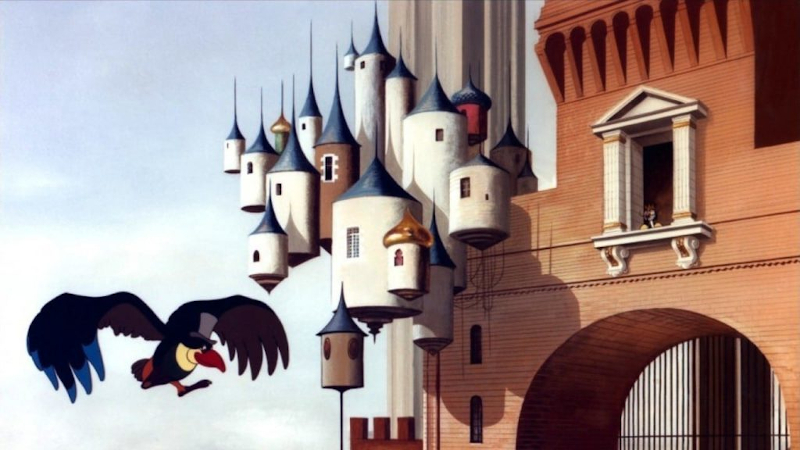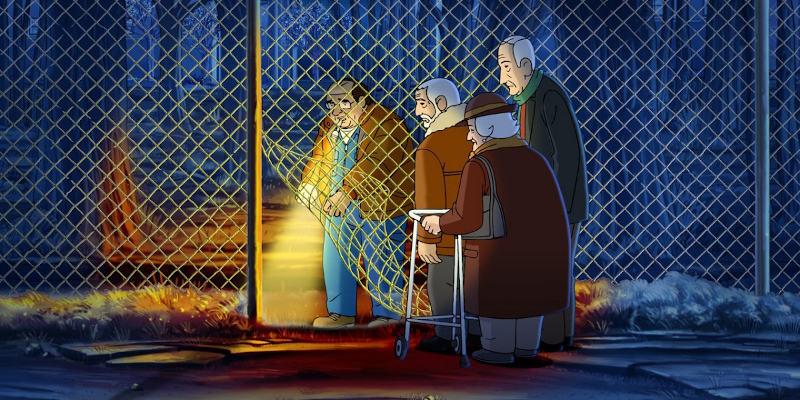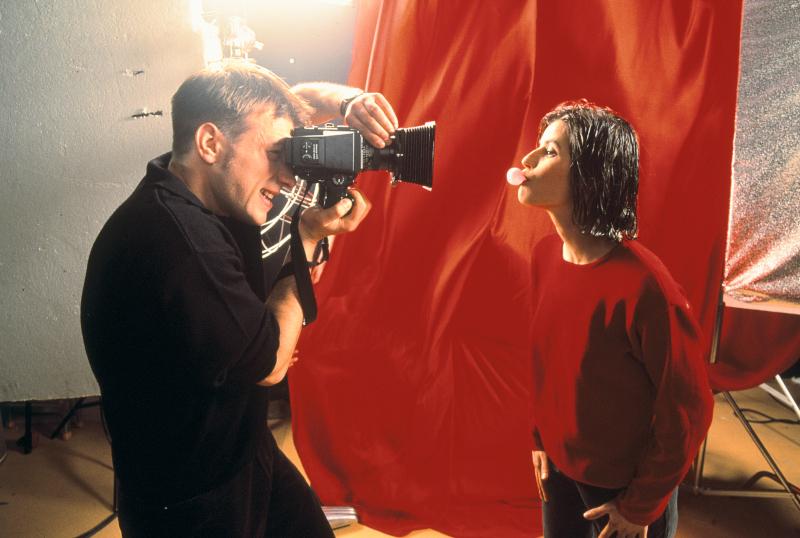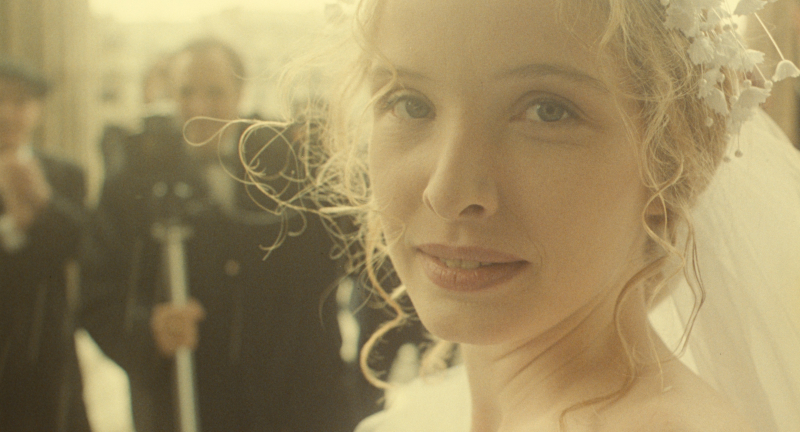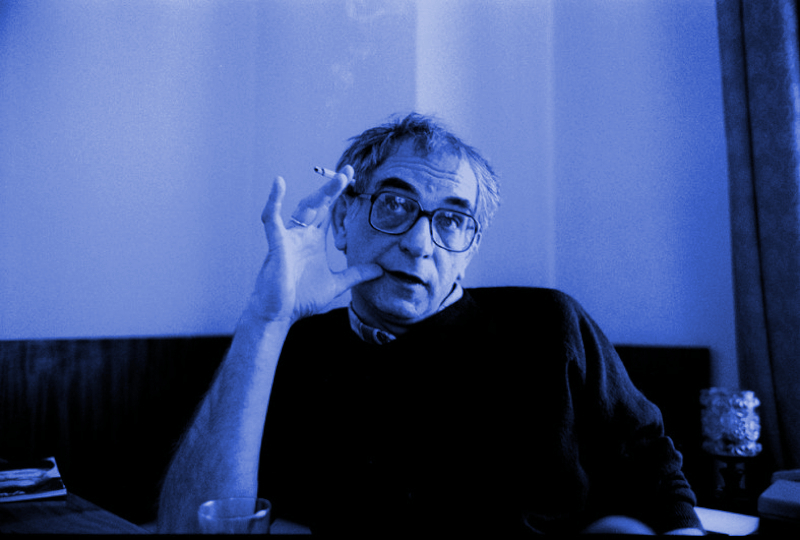This triple review was originally published in Third Way, April 2014.
The King and the Mockingbird (Le Roi et L’Oiseau)
Director – Paul Grimault – 1980 – France – Cert. U – 83m
UK release date 11/04/2014
*****
Wrinkles (Arrugas)
Director – Ignacio Ferreras – 2011 – Spain – Cert. 15 – 89m
UK release date 18/04/2014
*****
The Wind Rises (Kaze Tachinu, 風立ちぬ)
Director – Hayao Miyazaki – 2013 – Japan – Cert. PG – 126m
UK release date 09/05/2014
****
Animation is all-too often regarded – if not dismissed – as a children’s medium, yet it’s no more (or less) so than live action. Animated features aimed at a grown-up audience are rare. Incredibly, three are released this month.

The first, The King and the Mockingbird (1980), originally released here thirty years ago as The King And Mr. Bird and known equally by its French title Le Roi et L’Oiseau, may contain nothing you wouldn’t want children to see but is actually a remarkable fable about overcoming a totalitarian regime. Considered among the greatest animated films ever made, it’s a major influence on Miyazaki (see below). This labour of love by director/animator Paul Grimault, based on a poetic screenplay by Jacques Prévert (Les Enfants Du Paradis, Marcel Carné, 1945) deals with a despotic king in a towering castle festooned with trap doors which he uses to dispose of anyone and everyone who disagrees with him.… Read the rest
